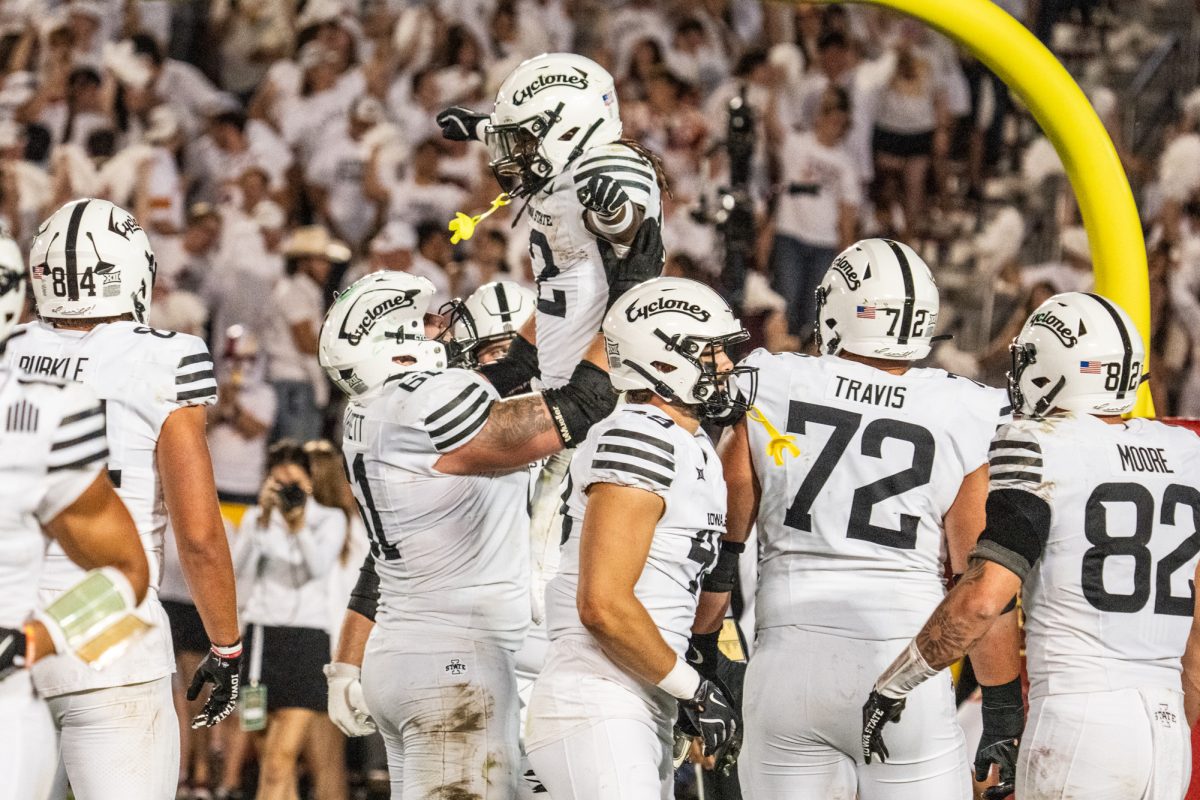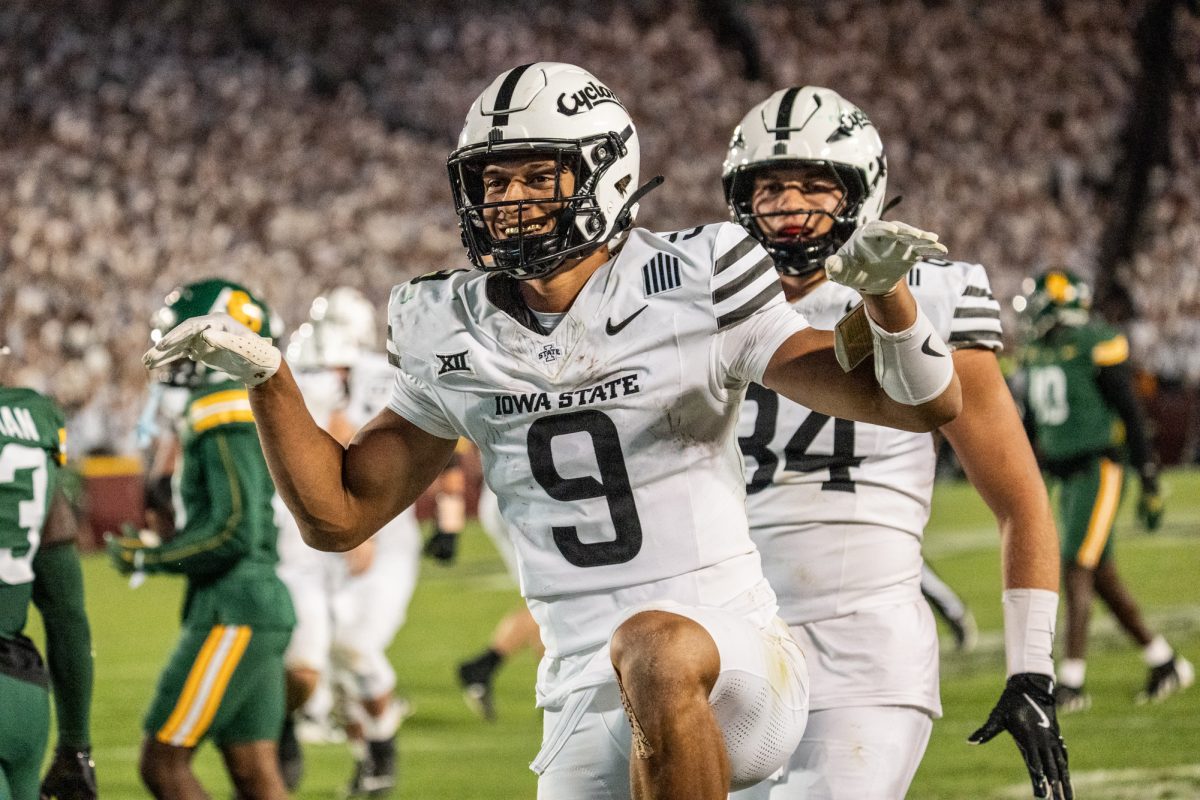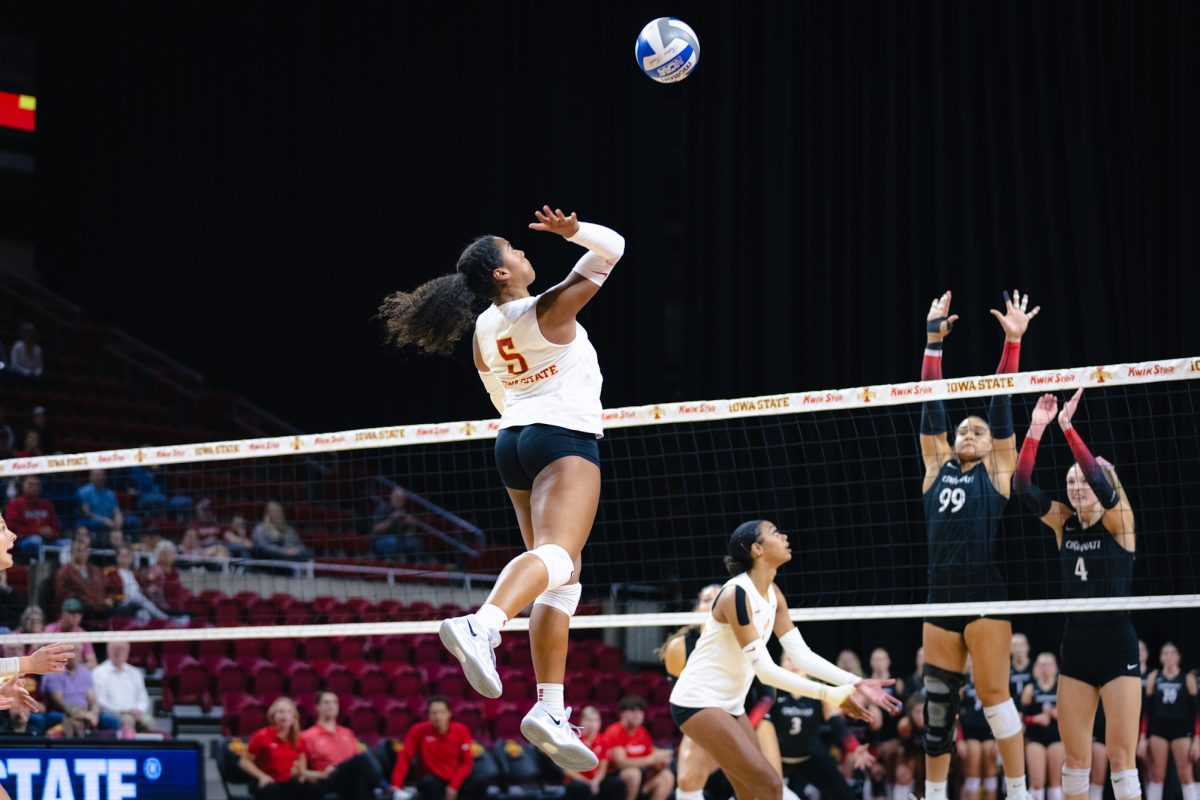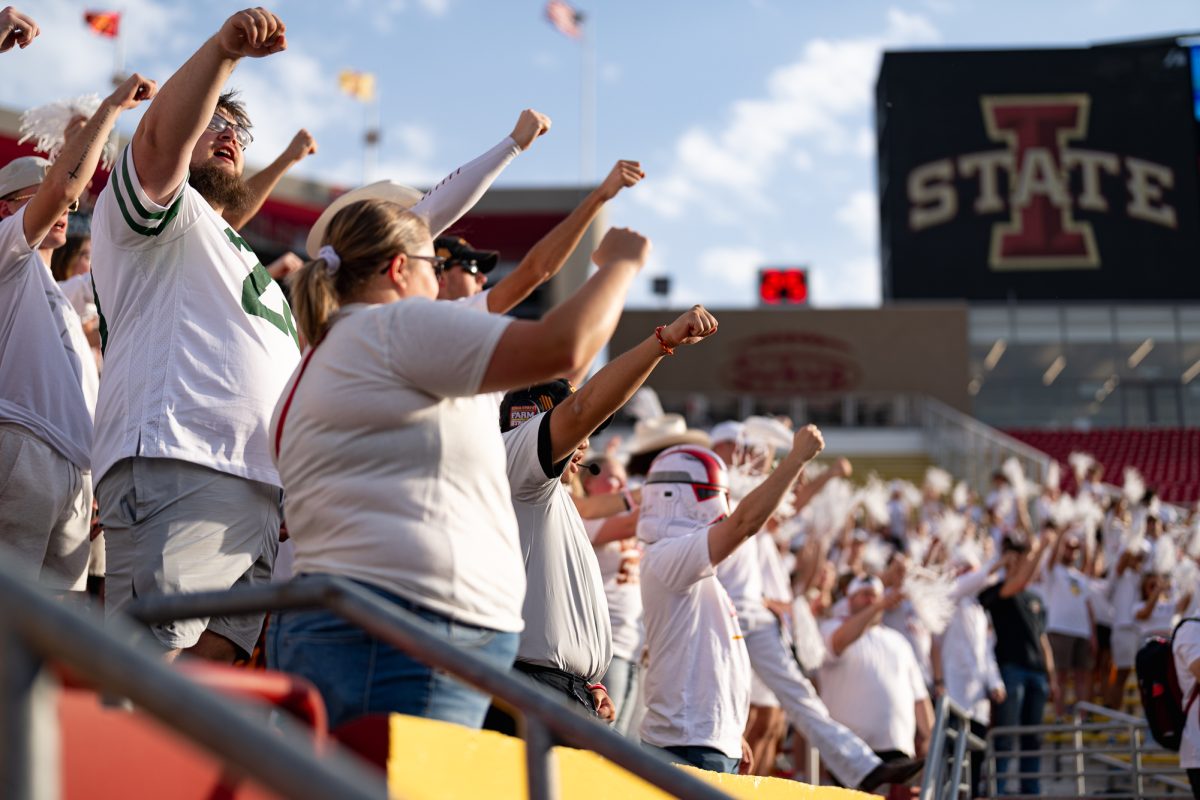SWE encourages engineers
February 9, 1999
An Iowa State student organization is working to end the stereotype that engineering is a male-dominated field.
The Society of Women Engineers (SWE) began in 1968 to encourage women to consider careers in engineering.
Currently, the group of 170 women conducts regular meetings and outreach programs to promote interest in the field of engineering to grade school and high school girls.
Cheryl Moller-Wong, SWE adviser, said the group is not necessarily for women — 17 percent of its members are male.
She said even as early as 20 years ago, there were few female engineers.
Kristin Casterton, Web page coordinator for SWE, said because engineering “is typically a male-dominated field, women may feel too intimidated to get involved.”
Erin Mitchell, member of SWE, agreed that some women may feel intimidated by the patriarchy that is present in the field.
“Typically, the professors are male, and most of the students are male, so most women might feel too overwhelmed by this to become involved,” said Mitchell, sophomore in business.
Moller-Wong said the group provides an important function of integrating women into the profession.
“Mainly, they promote awareness of engineering and show that it is a positive career with lots of opportunities,” she said.
SWE Vice President Kim Tholen said women may be making progress in the field.
“It really depends on what kind of engineering you are talking about,” said Tholen, senior in mechanical engineering. “This year, the mechanical engineering class is only 6 percent women, but the freshman chemical engineering class is 50-50.”
The group also holds profession-building workshops, which contain pointers on writing r‚sum‚s and attending interviews.
Tholen agreed that the group is a good r‚sum‚-builder.
“I encourage women to join SWE because the skills they learn in our workshops and classes will make them very marketable,” she said. “There’s quite a few opportunities in engineering and quite a few opportunities for women, although it’s a challenging curriculum.”






